Background
Complex regional pain syndrome (CRPS), formerly known as Reflex Sympathetic Dystrophy (RSD) is a condition that typically affects the extremities. The condition is usually a response following injury or trauma to the affected area such as deep cuts, crushing injuries, fractures, or surgery. Although the specific cause or mechanism of CRPS is unknown, it is believed to be caused by damage or malfunction of the nervous system. It is thought that the nervous system over-reacts to a stimulus causing a variety of symptoms. CRPS can be classified as type I or type II.
CRPS type I involved symptoms not connected with an injury to the nerves and accounts for >90% of cases. CRPS type II, referred to as causalgia, occurs when there is direct injury to the nerve.
Symptoms
The symptoms experiences with CRPS are typically more severe than one would expect following an injury and persist even after the injury has healed.
The Symptoms of CRPS usually impact day-to-day activities in a significant way and may spread to other areas. This condition is typically diagnosed using the Budapest Consensus Criteria; however, the condition is a diagnosis of exclusion. This means that other causes are considered prior to the diagnosis of CRPS. No specific diagnostic test is available.
CRPS commonly involves symptoms of temperature, color, and sweating changes, decreased range of motion, and changes in the pattern of hair or nail growth. Less frequently, patients may complain of resting tremors, pan occurring with a non-painful stimulus such as light tough (allodynia), or an abnormally increased sensitivity to pain such as to pinprick (hyperalgesia).
Treatment Options
The condition can be challenging to treat. Early diagnosis and treatment is critical for a successful outcome, but more advanced technologies may be warranted. The idea is to “push” the patient in the direction of healing.
Injections such as stellate ganglion blocks or lumbar sympathetic blocks are used to “reset” the sympathetic nervous system, a part of the nervous system responsible for producing symptoms associated with the condition in some individuals. Medications such as nerve pain and anti-inflammatory medications are often prescribed.
If these conservative treatments are not producing favorable results, more advanced technologies may be employed such as spinal cord stimulation or dorsal root ganglion stimulation. These technologies are used to interrupt the pain signals from reaching the brain. Extensive research has demonstrated the effectiveness of these treatment options for CRPS.
It is important to attend regular physical or occupation therapy sessions while being treated with other intervention. Many would think to allow the injured
Clinical Research
At Pain Diagnostics and Interventional Care, we engage in clinical research to further the science of Pain Management and to help in the advancement of treatment options for our patients. Furthermore, by conducting clinical research we can reach the lives of others who we do not meet directly but are positively affected by our contributions to the science.
Our research department is currently enrolling patient’s in two studies related to Radiofrequency Ablation. Our research department is an integral part of our clinic’s mission, and we are proud to have had such success with our endeavors.
We owe a big thank you to past and present patients who have agreed to be part of the research and we look forward to continuing our work with new patients in the future.
Current Studies
Avanos Lumbar
This study is being performed to assess the relative effectiveness of medial branch nerve ablation with the cooled radiofrequency probe to manage chronic low back pain stemming from facet joints when compared to radiofrequency ablation using a standard radiofrequency probe. Both treatments are already proven to be effective and are FDA approved.
RAPID Study
The purpose of this study is to gather data related to the duration of pain relief provided through routine clinical use of the FDA approved Boston Scientific radiofrequency ablation system. This study is unique in that it focuses on the use of radiofrequency ablation but is not confined to a specific area of the body.
Contact form
Or just call (412) 221-7640 and we’ll do everything we can to help.
Across all review platforms
Dr. David Provenzano, a leading expert throughout the nation for treating patients who suffer daily from pain, uses advanced diagnostic techniques to assess the source of the pain and develop a comprehensive and safe treatment approach that can significantly reduce your pain.

